Flex Circuit Board Industry: Current Landscape and Future Insights
Introduction
Flex Circuit board are highly reliable, flexible printed circuits known for their high wiring density, lightweight nature, thin profile, and excellent bendability. These characteristics make flex circuit board indispensable components in smart consumer electronics. FPCBs primarily serve compact, portable, and wearable devices such as smartphones, personal computers, drones, and automotive terminals.

Current Status of the FPCB Industry
Market Growth in Smart Devices
The innovation in smartphone technology has elevated the use of FPCBs to new heights. The rise of bezel-less screens will overhaul FPCB layouts across the smartphone industry chain. The widespread use of flexible OLED screens and fingerprint technology will greatly increase FPCB demand. Additionally, the demand for FPCB coils in wireless charging systems is anticipated to rise substantially.
Automotive Electronics and New Opportunities
The ongoing trends in automotive automation, connectivity, and electrification are fostering new opportunities in the FPCB market. As the cost of automotive electronics continues to rise, FPCBs are poised to experience substantial growth, significantly increasing their market value. Integrating FPCBs in automotive systems is critical to supporting advanced functionalities and meeting the evolving demands of the automotive sector.
Expansion in Wearable Technology
The rapid expansion of the wearable device market is driving the demand for lightweight FPCBs. The compatibility between FPCBs and wearable devices, particularly in the emerging VR/AR technologies, positions FPCBs as one of the major beneficiaries of this growing market.
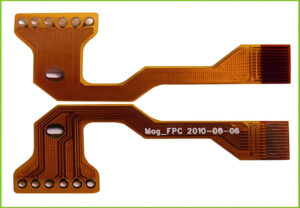
Regional Dynamics and Global Market Shifts
The global FPCB industry is gradually shifting towards China, driven by the rapid development of the domestic consumer electronics market and a favorable business environment. Chinese FPCB companies are increasingly competing on the global stage, closing the gap with leading enterprises from Japan, South Korea, the United States, and Taiwan. Chinese firms are improving their technical capabilities and equipment levels, leading to the emergence of a new generation of domestic FPCB companies that rival foreign competitors.
Key Advantages of FPCBs in Modern Electronics
In today’s interconnected world, FPCBs are becoming a key technology for linking electronic components. Their unique features, such as high wiring density, lightweight design, flexibility, and 3D assembly capabilities, unlock significant application potential across various fields. The ability of FPCBs to bend, fold, and roll makes them ideal for modern electronic products, enabling more flexible design solutions that meet diverse spatial layout requirements. Moreover, FPCBs offer excellent thermal performance and solderability, simplifying assembly processes and reducing overall costs. Hybrid designs, combining flexible and rigid components, also help mitigate the limitations of flexible substrates in bearing component loads.
Future Prospects and Market Trends
Impact of Emerging Technologies
The ongoing advancement in technology is expanding the application scope of FPCBs, particularly in consumer electronics, automotive systems, industrial controls, medical devices, and smart home applications. As a crucial bridge connecting electronic components, FPCBs will continue to play a pivotal role in driving innovation and fueling the growth of the electronics manufacturing industry.
Competitive Landscape and Strategic Insights
Enterprises from Japan, the U.S., South Korea, Taiwan, and China dominate the FPCB market, forming a three-tier competition. While Chinese companies primarily focus on the midstream flexible display sector, they hold a significant market share. As technology advances and the market expands, the field will see new competitors entering, which will intensify competition.
Market demand for FPCBs will grow due to increasing needs for high-density, miniaturized, and reliable electronics. The introduction of new materials and processes will further refine FPCB design, enhancing precision and flexibility.
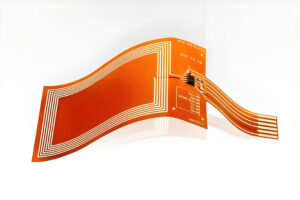
Conclusion
The demand for lightweight, compact, and flexible electronics drives significant growth in the Flex Circuit Board industry. To capitalize on emerging opportunities, companies must navigate the dynamic market landscape and make timely, informed decisions. Gekunflex shapes the future of the FPCB market with innovative, cutting-edge solutions for the evolving electronics industry.

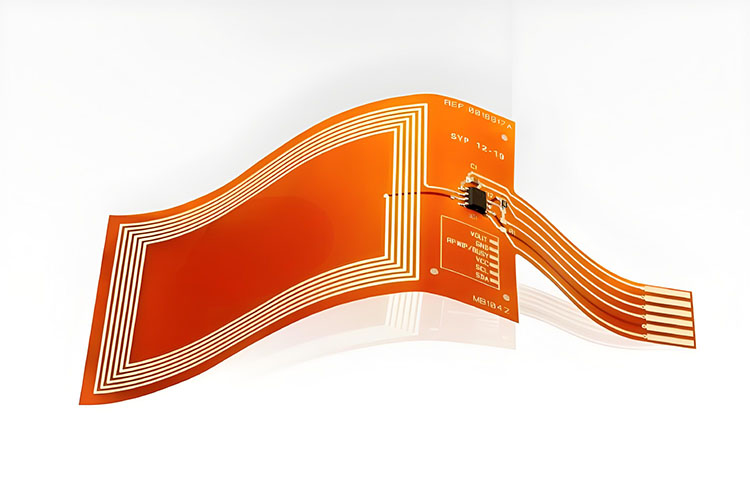

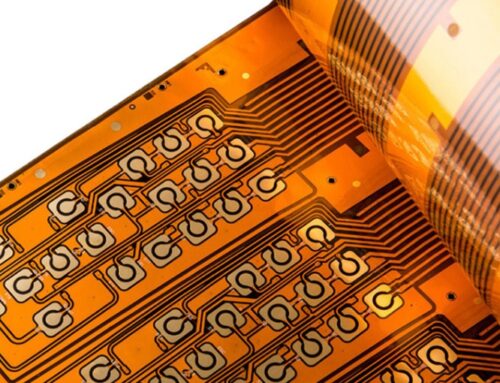
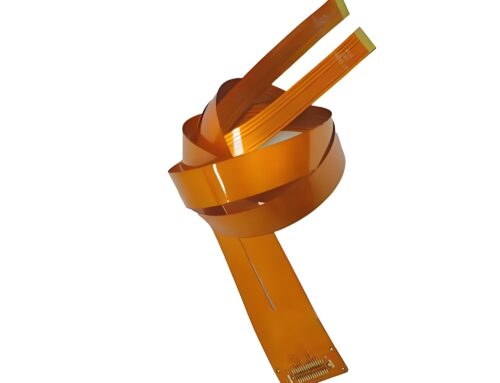



Leave A Comment